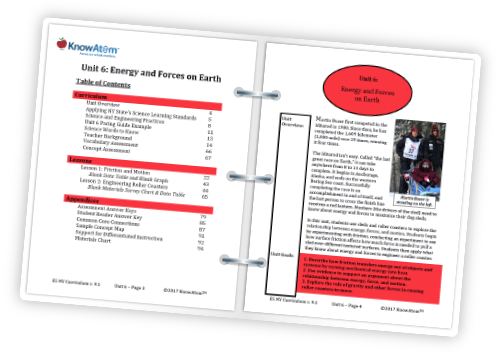
In Unit 1 Matter in Motion, students are introduced to the scientific process as they analyze matter in the universe and Earth’s place in the solar system.
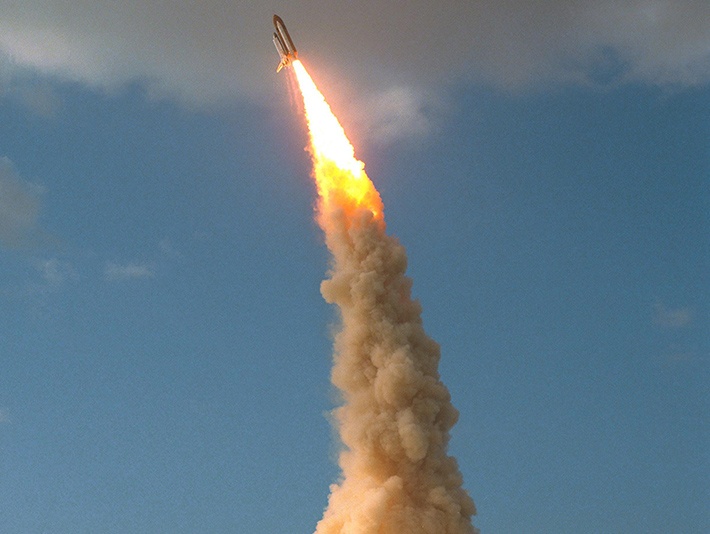
In Unit 2 Earth Materials, students explore how different geologic processes change Earth’s surface, and how the matter that makes up rock is constantly being transformed through heat and pressure.
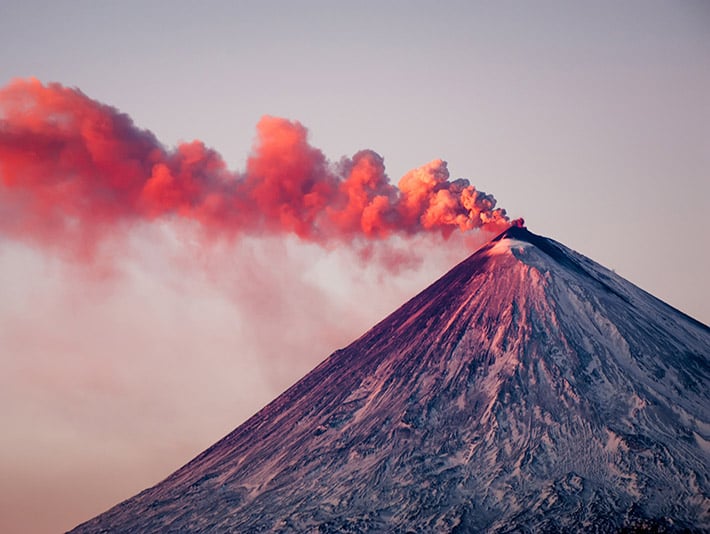
In Unit 3 Water on Earth, students analyze Earth’s interacting systems, focusing on how the hydrosphere interacts with and is influenced by the other systems.
Grade Specific Standards : 5-ESS2-1 , 5-ESS2-2 , 5-ESS3-1 , 3-5-ETS1-1 , 3-5-ETS1-2 , 3-5-ETS1-3 ,
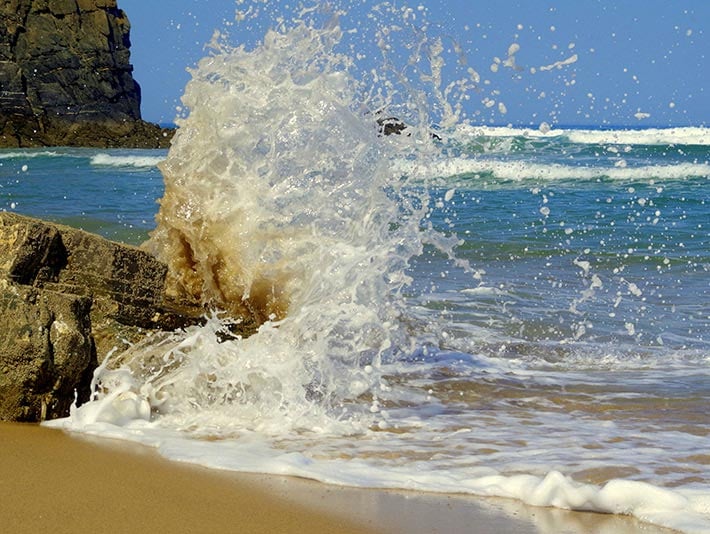
In Unit 4 Matter and Energy Cycles, students explore pond and forest ecosystems, analyzing how living things interact with one another and their environment for survival.
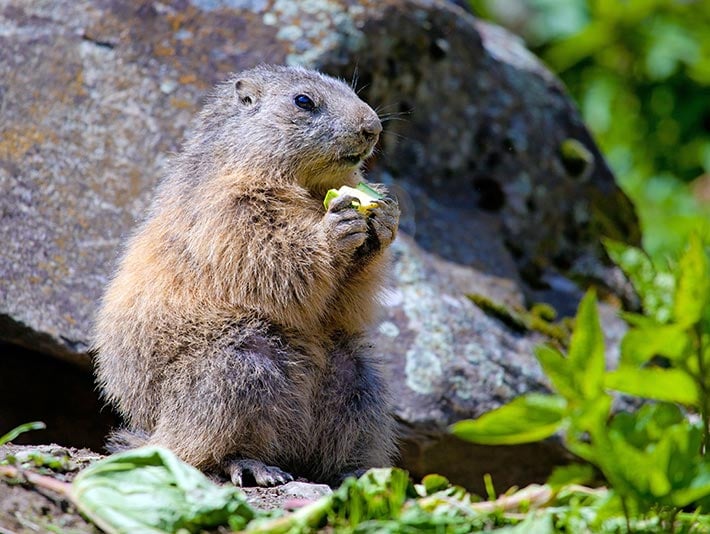
In Unit 5 Ecosystem Interactions, students investigate how environmental changes impact the ability of organisms to survive, grow, and reproduce, passing their traits on to future generations.

In Unit 6 Energy and Forces on Earth, students explore the phenomena of dog sled racing and roller coaster rides to analyze energy systems.
Grade-Specific Standards : 5-PS2-1 , 3-5-ETS1-1 , 3-5-ETS1-2 , 3-5-ETS1-3 ,
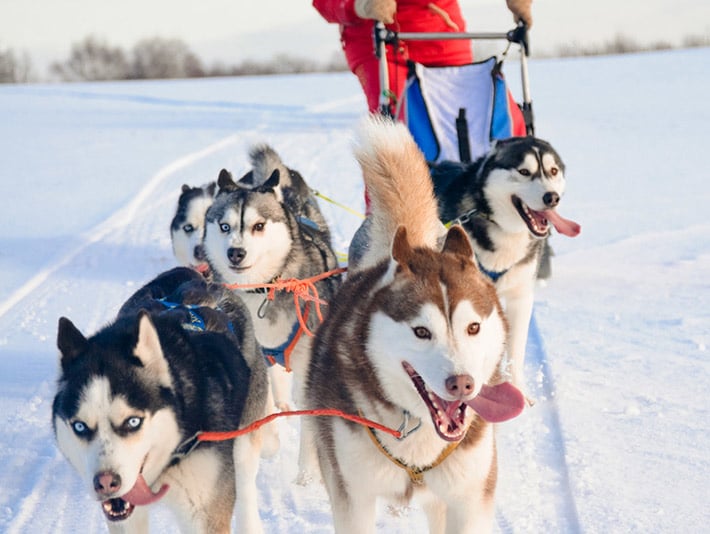
In Unit 7 Matter and Electricity, students explore how devices such as doorbells and circuits function by investigating how electrical energy is transferred and can do work.
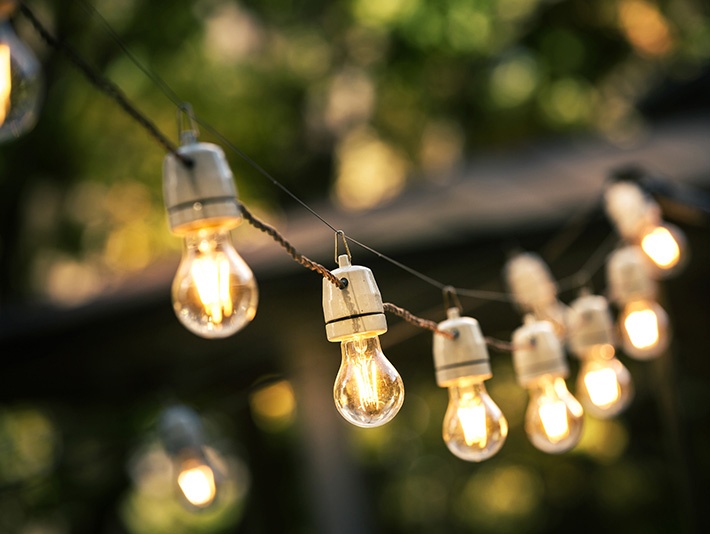
In Unit 8 Matter and Sound, students explore the phenomena of echoes and concert hall acoustics by investigating how sound energy is transferred from one place to another in waves.
Grade-Specific Standards : 5-PS1-1 , 5-PS1-3 , 3-5-ETS1-1 , 3-5-ETS1-2 , 3-5-ETS1-3 ,
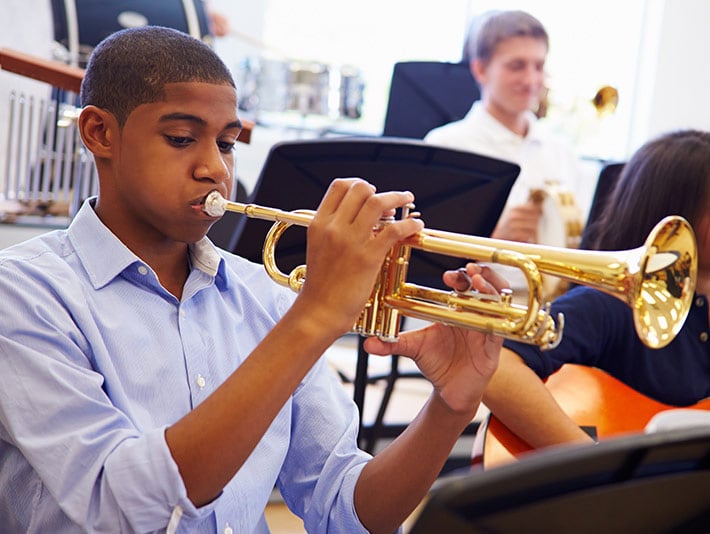
In Unit 9 Light Energy and Matter, students explore how light energy moves and interacts with different kinds of matter such as mirrors, water, and architectural light shelves.
Grade-Specific Standards : 5-PS1-3 , 5-ESS3-1 , 3-5-ETS1-1 , 3-5-ETS1-2 , 3-5-ETS1-3 ,

